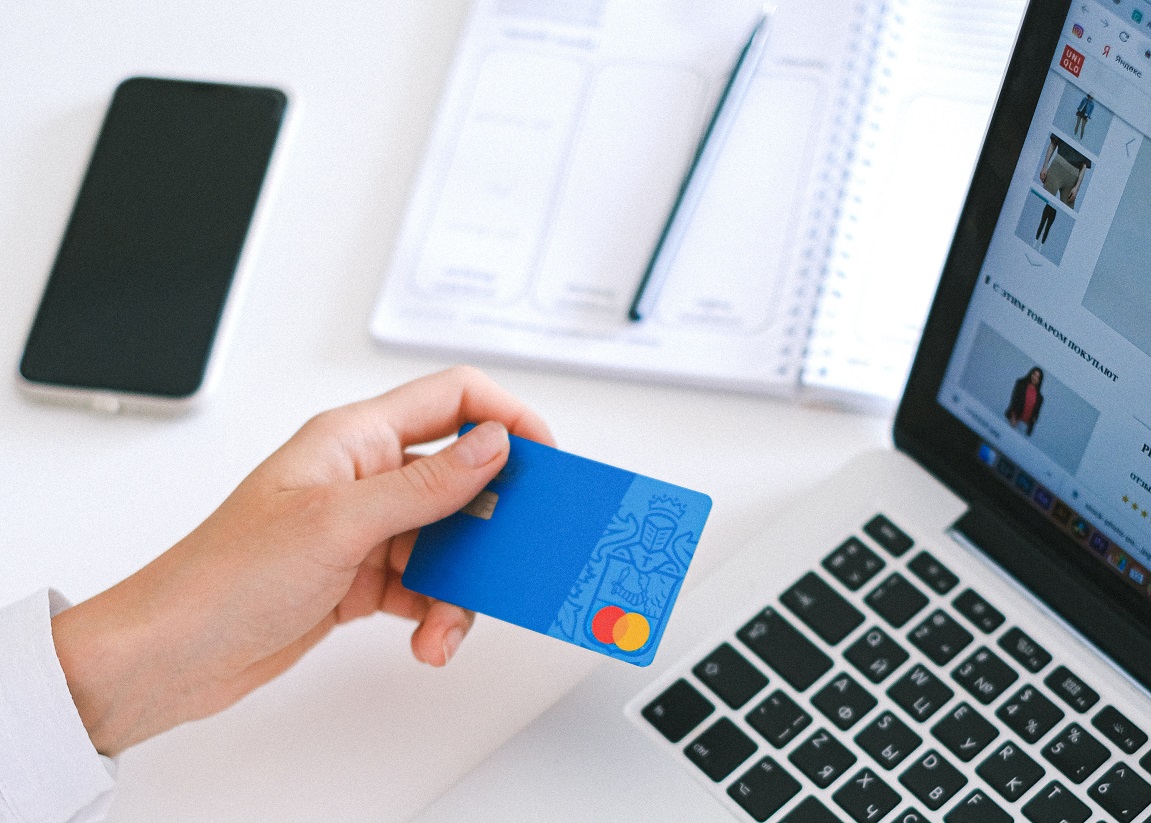In recent years, a number of banks have chosen to embark on a digital transformation. One of the areas that they often choose to modernize first is that of their payment systems. This shouldn’t come as a surprise, as there’s a lot of revenue potential to be realized from the simple act of payment modernization. Making this kind of investment does more than inspiring the loyalty of present customers—it can also entice new ones to patronize the brand. An improved payment system can bolster a bank’s cash flow, safeguard it against financial risk, and distinguish its brand from those of its competitors.
Banking customers from the next generation are likely to become even more reliant on digital technologies to pay for their needs. If a bank wants to remain relevant in the coming years, it must accommodate this demand for fast, efficient, and secure digital payment services. Below are the six main drivers for payment modernization, which banks should consider if they’re still on the fence about upgrading.
The Need for Innovation
The main driver behind this trend of modernizing payments is the need for banks to do things differently than they did before. Frequent ATM withdrawals and over-the-counter banking transactions may have been the default a couple of decades ago. But now, both retail banking customers and corporate clients will want the option to make digital payments no matter where they are. In order for it to survive in the digital era, your own banking institution may need to overhaul its legacy structures governing payments. You will need to embrace innovation instead of fearing it, and learn how to use new digital payment technologies to your advantage.
The Need for Real-Time Speed in Transactions

Another factor in the large-scale overhaul of banking payment systems is the increased demand for speed. Real-time payments with quick turnarounds are now the norm for both business-to-business (B2B) and business-to-consumer (B2C) transactions. The faster your bank’s payment processes are—and the fewer bottlenecks your customers encounter—the higher your chances of becoming the provider of choice.
The Need for Accessibility from Multiple Channels
Customers value having choices for completing payments, as well as the ability to transact using multiple channels. Banks must be cognizant of the fact that a large chunk of their customers will want to pay for their needs online instead of face-to-face. The subset of their clientele will also want the flexibility to transact using their computer or their mobile phone, at any time during the day. Knowing that banks must strengthen their current payment ecosystems so that payments can go through on multiple channels. Part of the investment should be allotted towards the smooth integration of APIs, or interfaces that allow the bank’s payment technologies to sync with others. Those are what will allow customers to complete banking payments on multiple websites, apps, or other channels.
The Need for Greater Security and Risk Management Protocols
Another factor that should be taken into consideration is the need for tightened security and risk management protocols. Now that phishing and credit card fraud is rampant, both individual and corporate banking customers need the assurance that their financial data is safe. A good deal of your home bank’s payment modernization efforts should be dedicated to improving the security of your transactions. This will decrease the risks of making digital payments on your customers’ end, as well as your bank’s own risk of having its system compromised.
The Need to Stand Out from Other Parties in the Payment Landscape
As far as the current payment landscape is concerned, competition is rather steep. Banks have entered into earnest competition not only with peer organizations but also with fintech services. It’s become increasingly difficult to vie for customers and to persuade them to choose one brand over the other. But one thing that can secure their loyalty is a robust digital payment system. Your bank should stand out from other players in the market by virtue of your fast transactions, secure data governance, and quality customer service. The potential to achieve all three and win long-term customers should be a major driver in your bank’s payment modernization.
The Need to Keep Up with Customer and Industry Expectations
As time goes on and as payment technologies evolve, the bar will only get higher for banks. They’ll be expected by their regulators to meet industry standards, such as the ISO 20022 standards for electronic data interchange. Regulators will judge banks on their ability to meet unified data standards for payments and oversee greater data harmonization within and between payment systems. And customers, of course, will continue to seek improved payment experiences from their home banks. This knowledge should drive banks to upgrade their current tech stack for payments. The goal should be consistency in meeting these expectations, if not exceeding them.
Conclusion: Steps Your Bank Should Take in Order to Modernize Its Payment Systems
As a response to these drivers, there are several things your bank can aspire to do:
1. Aim to craft simpler and more matter-of-fact payment experiences for both your individual and corporate customers.
2. Improve both the speed and consistency of your transactions.
3. Ensure end-to-end integration of APIs, artificial intelligence technologies, and the Internet of Things (IoT) with your new payment system.
4. Guarantee interoperability between your payment system and other technologies that your customers use.
5. Do a regular audit of any tech upgrades to your payment system. See to it that any new tech you integrate with actually aligns with your organization’s goals.
6. Supplement any upgrades to your payment technologies with improvements to the human side of your banking operations, like your customer service.
With that in mind, consider modernizing your bank’s payment system soon, and renew your drive to succeed in the current finance sector landscape!
Also Read: How Does Online Payment Processing Actually Work?